
New interior design tile trends – colour, pattern, shape + finish – featuring our latest materials Tile Trend Forecast 2022/23
Domus’ latest Tile Trend Forecast for 2022/23 focuses on new and future trends in surface design, exploring the patterns, shapes, sizes, colours and textures that are set to gain prominence in interior design and architecture over the next 12 – 18 months.
Based on extensive research into wider design, architecture, fashion and lifestyle trends observed from projects worldwide, we have identified six emerging styles to provide new inspiration for designing with tiles.
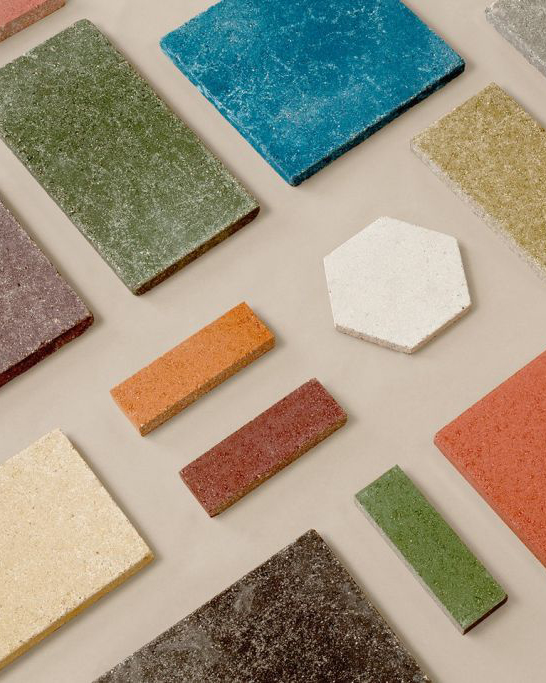
Presentation for architects & designers
Providing an in-depth exploration of the six emerging trends outlined below, Domus’ 1 hour Trend Forecast is grounded by observations of key drivers, including visuals showing the leading-edge interior, design and architectural projects from around the world alongside materials from Domus.
If you would like Domus to deliver the full presentation in your studio or would like to arrange a time to see the presentation at one of Domus’ showrooms, please email [email protected].
Kaleido Block
An unequivocally fun and joyful trend, Kaleido Block sees vibrant colour and joyous patterns mixed within single schemes to create maximalist, eclectic and very personalised interiors.
Images: (left & top right) Mattonelle Margherita;
(bottom right) Spectrum

A bold, design trend that’s bursting with energy and enthusiasm, Kaleido Block represents optimism and positivity in the current climate. Driven by the hospitality sector to create an eclectic, homely ambience conveying both style and luxury, the look is characterised by unique statement details and features that express individual character and taste.
Culturally rich, Kaleido Block is an exuberant trend that indulges the senses, balancing historical and current references whilst offering a new perspective on maximalism and personalisation.
Image: Mattonelle Margherita
Mythos Monochrome
Achieved by layering one colour in various tones, Mythos Monochrome conveys a raw simplicity and minimalist aesthetic, instilling a calm, serene ambience in any interior space.
Incorporating intense, digital hues inspired by the evolution of the metaverse and softer mineral tones and even neutrals, Mythos Monochrome taps into the broader need for self-care and healing while being playful and energising, speaking to all emotions and senses.
Using materials that vary in tone and saturation creates a clean, elegant look. At the same time, a mix of textures and finishes provides visual interest by adding depth and dimension to monochromatic schemes.
Images: (below left) Din;
(below right) Trasparenze
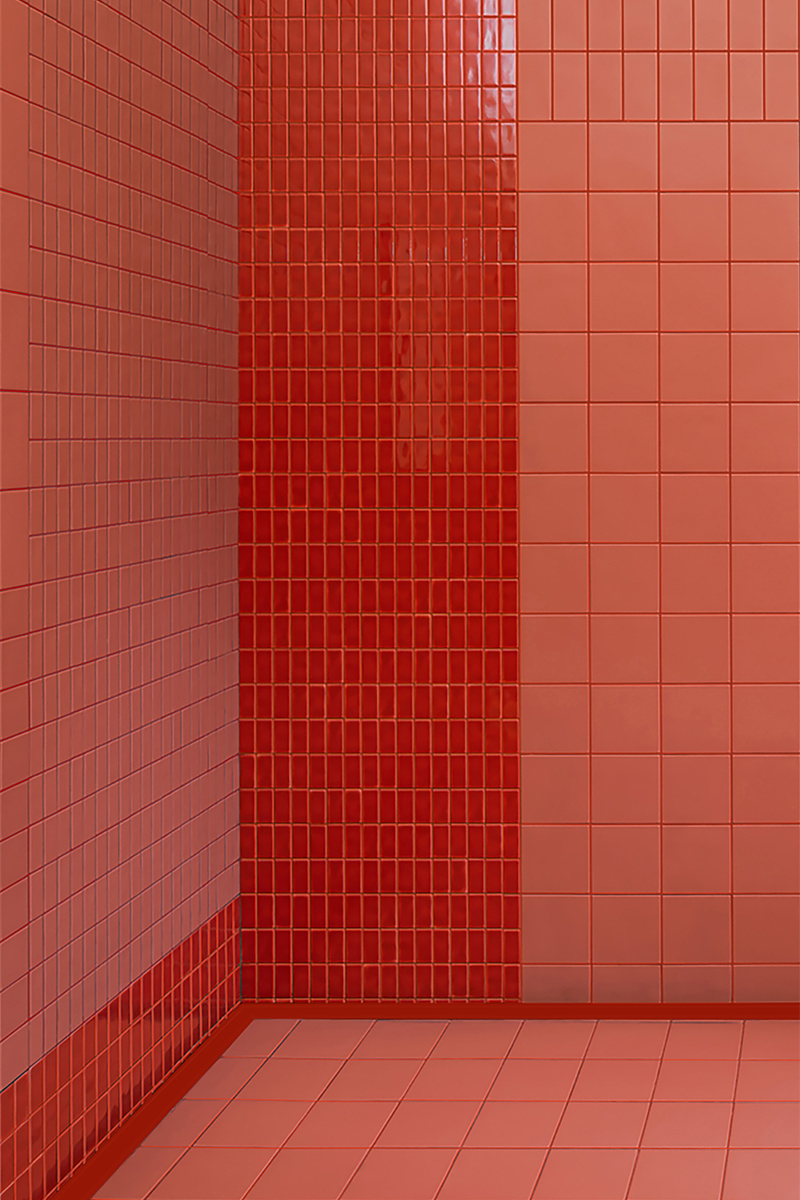
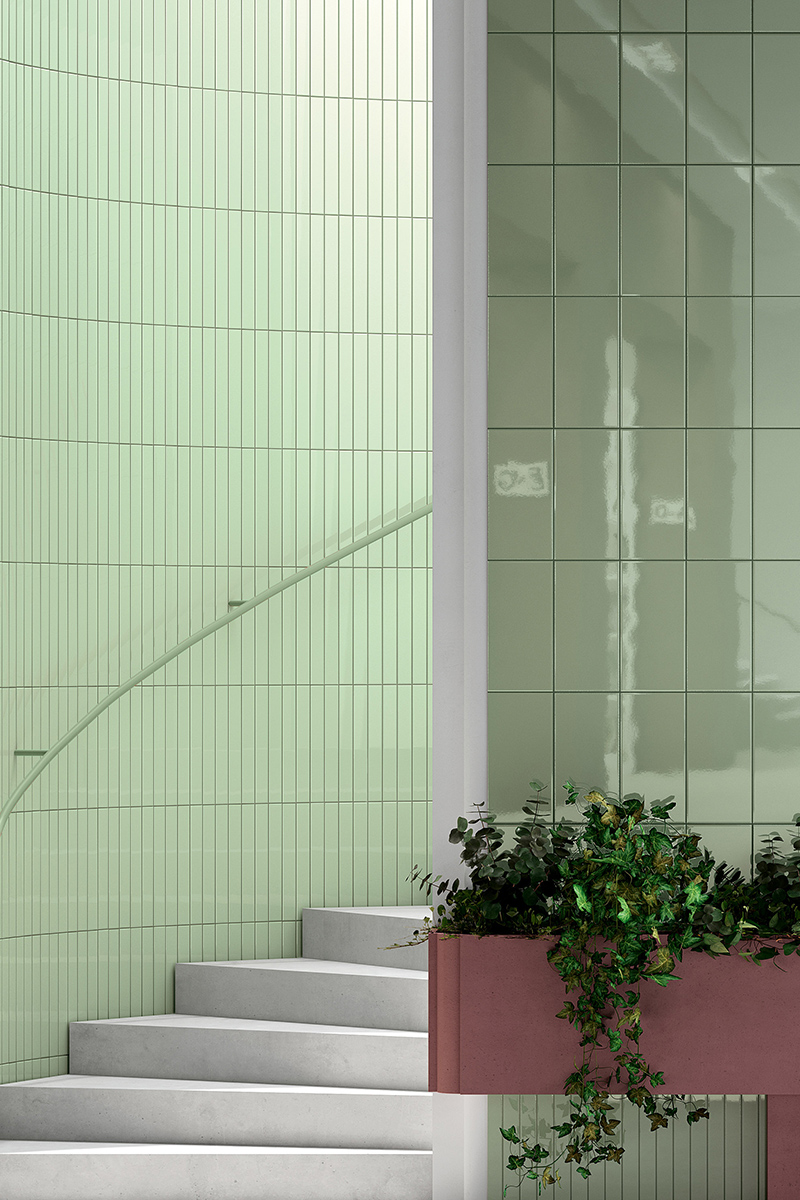
Natural Connection
Seen across commercial and residential projects alike, soft, earthy tones are combined with textural and raw finishes to create calming interiors with a relaxed, 70s inspired aesthetic.
Images: (left) Barcello Raw - coming soon;
(top right) Uno;
(bottom right) Terra Crea
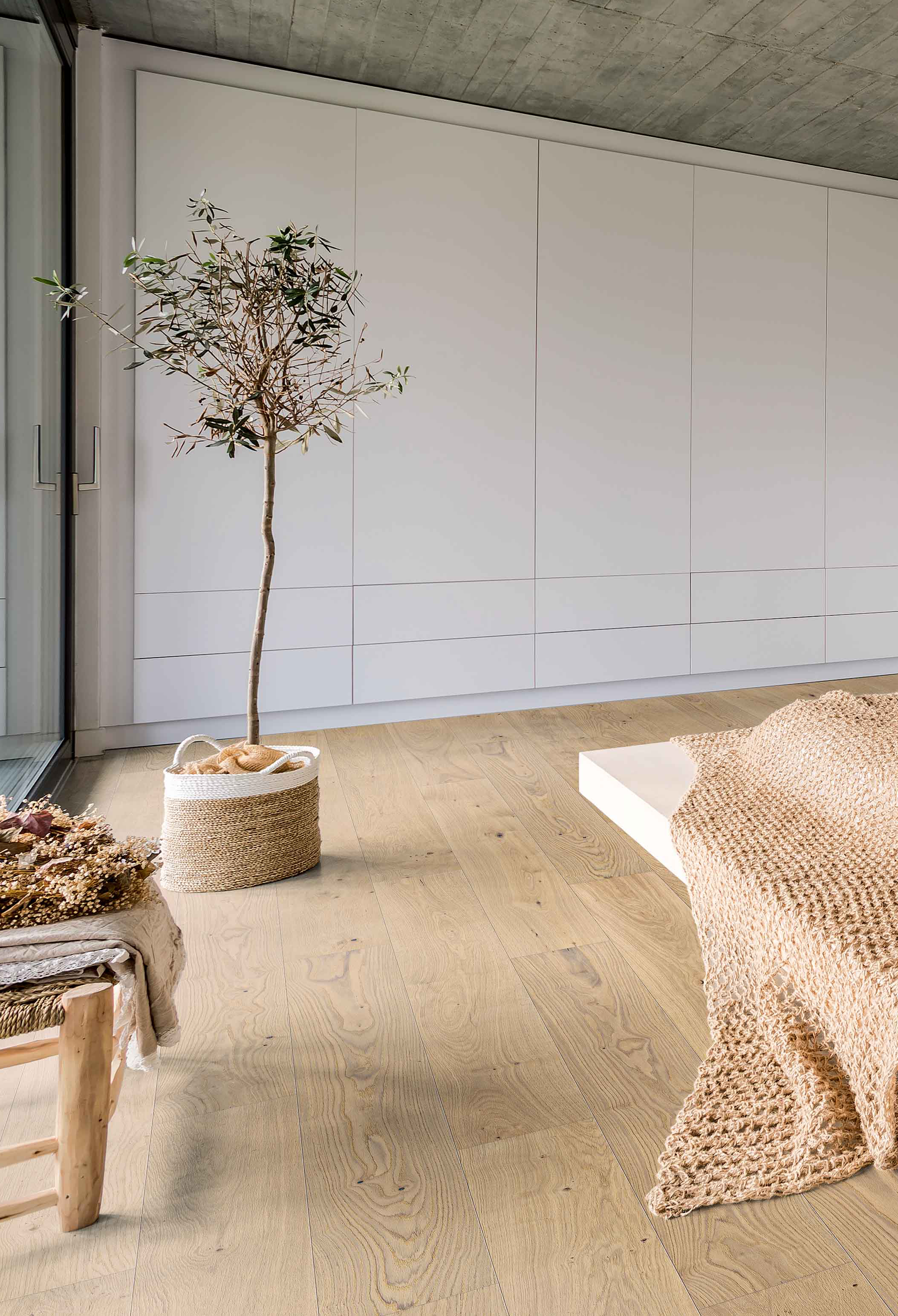
When creating spaces to inhabit or work, colours, materials, and textures inspired by the natural world and ‘quiet’ rural landscapes are becoming ever more prevalent with designers. Soothing neutrals and warm earthy tones tap into the style of the slow living movement, whilst golden yellow and orange hues provide a restorative, uplifting attribute.
Reflecting the pursuit for slowed-down lifestyles and increased enthusiasm for the great outdoors, Natural Connection helps instil a sense of rest, reflection and relaxation – establishing a calmness and a reinvigorated connection to our natural surroundings within interiors.
Image: Robur 240
Wanderlux
Interiors that allude to distant shores and faraway cultures represent a form of escapism through design. Conveying sensuous luxury combined with an aesthetic simplicity, Wanderlux evokes the visual beauty and joyful expression of overseas travel.
Wanderlux is an optimistic and energising trend, taking inspiration from oriental and Southeast Asian landscapes via eclectic and ornamental details, as well as softer Mediterranean and Moroccan environments and interiors. Fresh and bright, the colour blue takes centre stage, with rich, saturated tones that embody an essence of luxury alongside soft pale and aqua tones expressing optimism for a brighter future.
Images: (below left) Reves Magnum;
(below right) Venistone
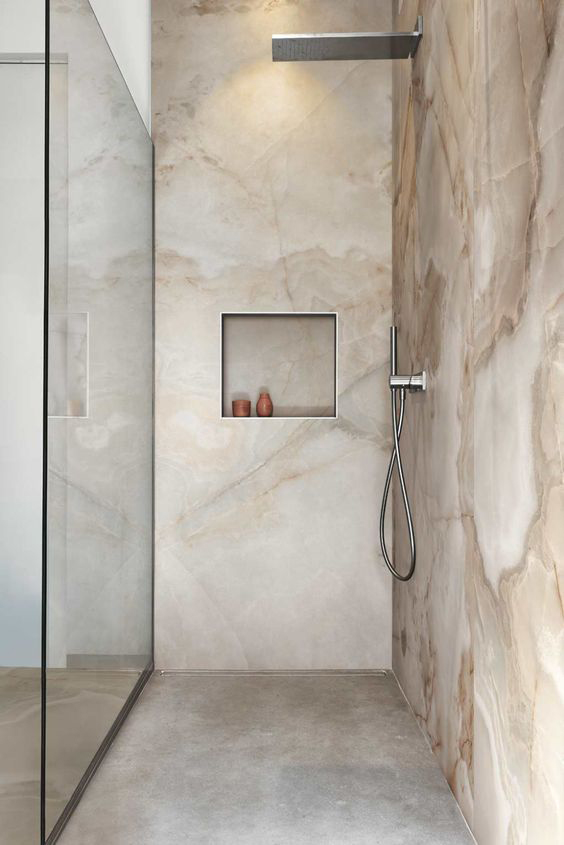
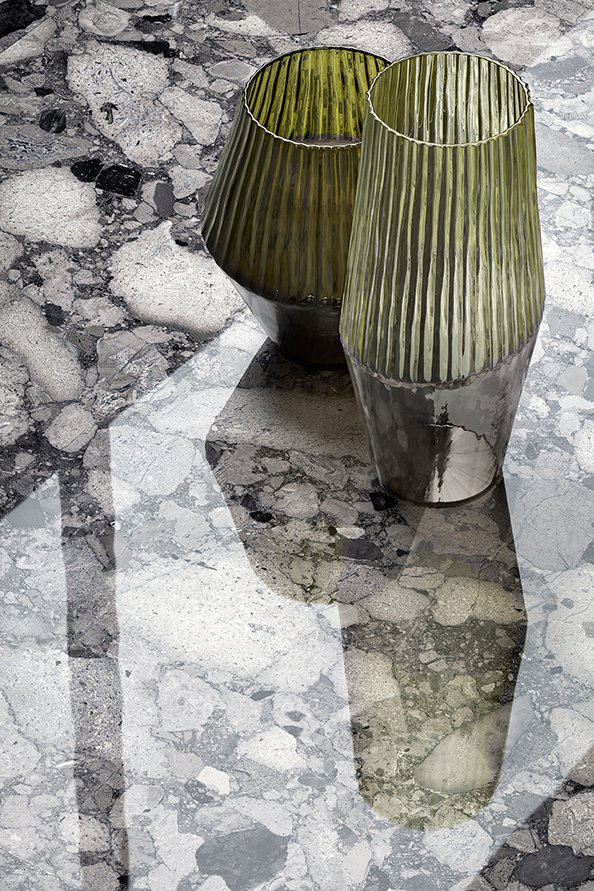
Studio 70
Representing a firm rejection of the stiff conventions and pared-down discipline of mid-century modernism, Studio 70 interiors showcase a cosmopolitan, decadent, disco-inspired design style.
Images: (left) Les Bijoux Magnum;
(top right) Flauti;
(bottom right) Inclusion Classico

Elegant yet fun, moody yet experimental, contemporary yet tied to the past, Studio 70 offers a time-worn, eclectic take on luxury design.
Referencing the extravagance and drama of the 1970s, influenced by the elegance of 1930s Art Deco and Streamline Moderne, Studio 70 is a multifaceted trend that celebrates experimentation and reinvention. Its rich colours, reflective gloss surfaces, metallic accents, rounded architectural forms and sculptural curves offer a sense of glamour fused with a fantasy edge.
Image: Rombini
Pixel
A distinctly playful, nostalgic trend, Pixel captures a charming simplicity, inspired in part by 8-bit vintage computer graphics from the 1980s and 1990s.
Images: (left) Diarama;
(top right) 3D elements from Mutina Collections;
(bottom right) Sketch
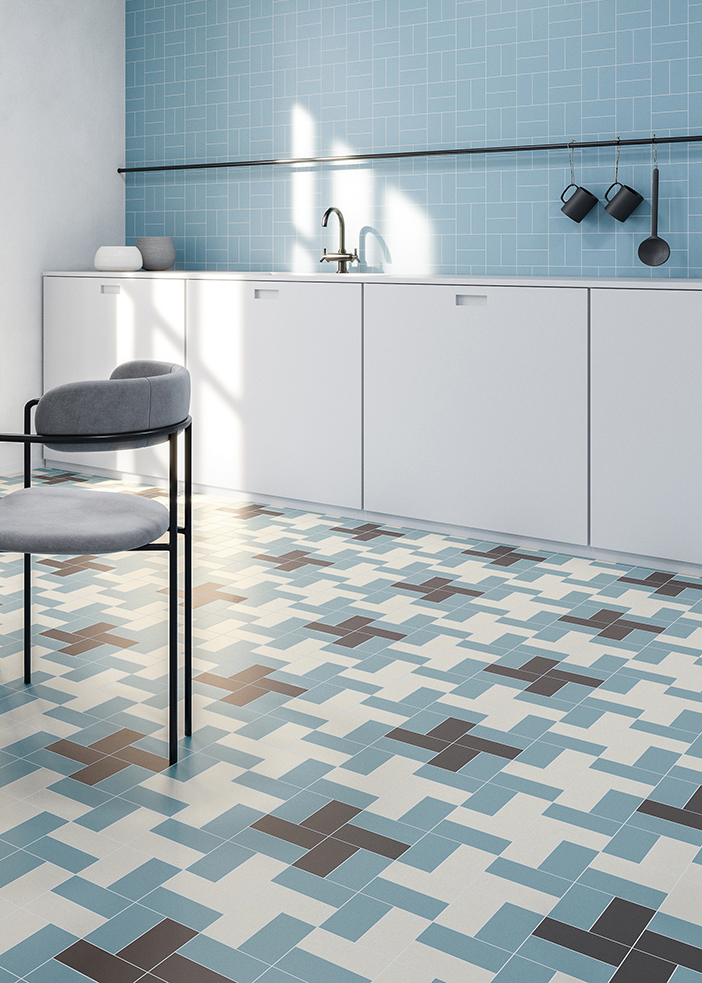
A recent pixel art revival offers a comforting antidote to the slick, perfect visual imagery which dominates the current digital age. Enchantingly evocative, abstract geometric patterns take on a retro aesthetic, depicting basic pixel graphics using a simple mix of colours and tones.
Looking back to a more human moment in our digital history, schemes that tap into this trend can be created using pixel-inspired patterned tiles or alternatively via small format single-colour pieces – which can effectively be used as ‘pixel’ elements to create customised geometric patterns. Three-dimensional decorative blocks made from terracotta provide an architectural element, used to create walls and partition structures.
Image: Solid
Book a Trend presentation
If you would like Domus to deliver the full presentation in your studio or would like to arrange a time to see the presentation at one of Domus’ showrooms, please email [email protected]
Visit our showrooms
Share this news